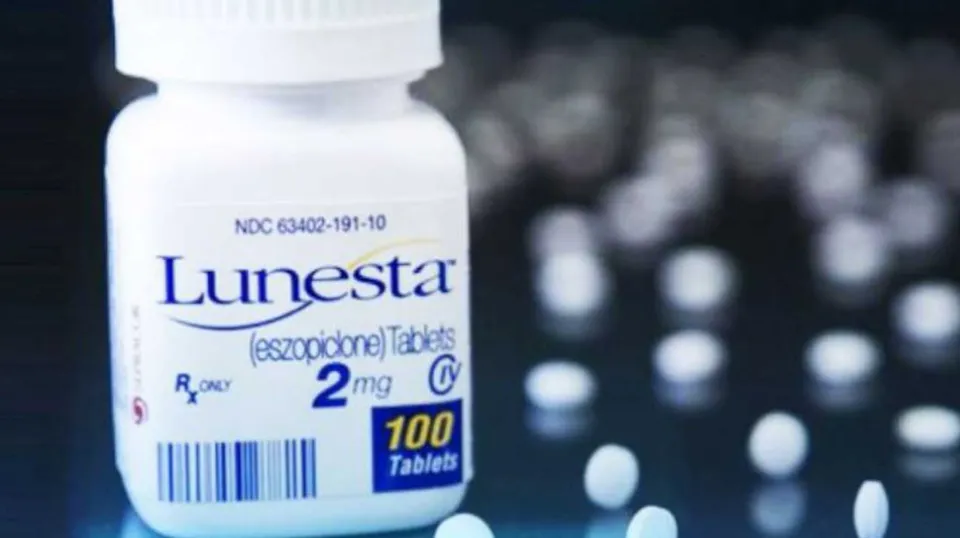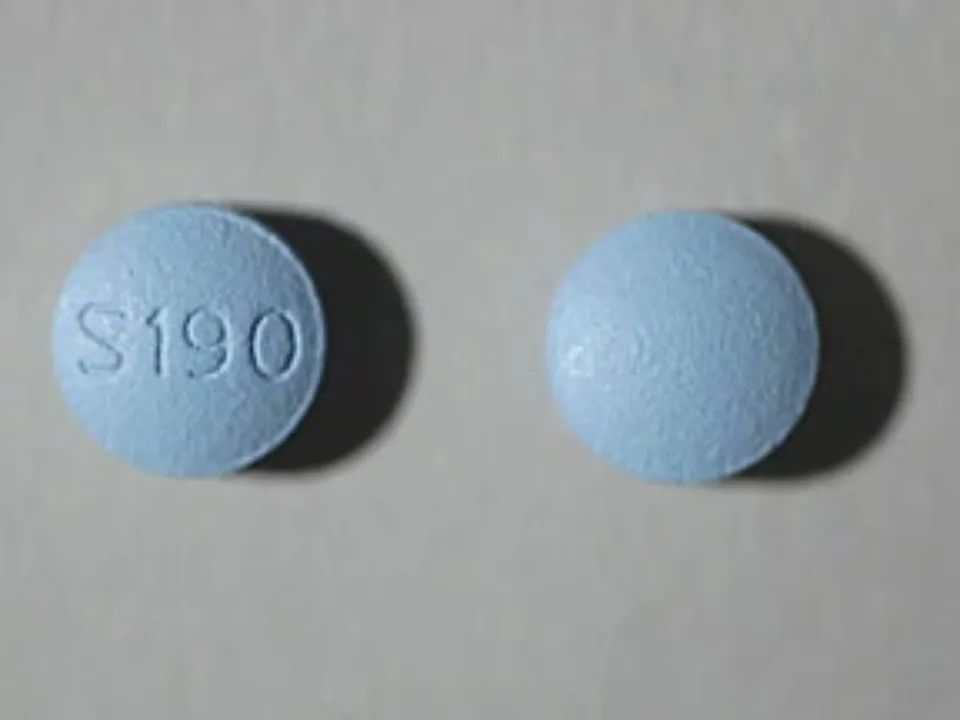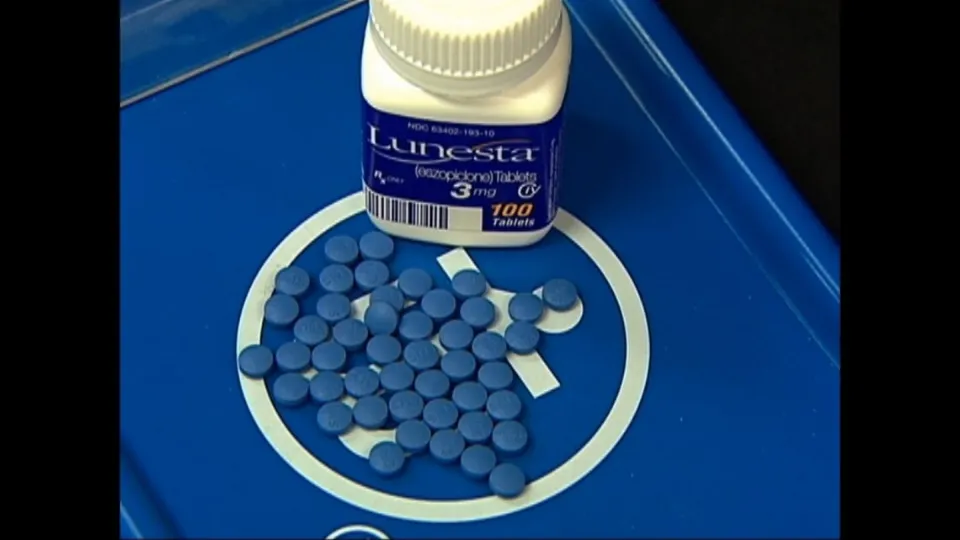Due to its sedative effects, Lunesta is one of the drugs that is frequently prescribed to treat sleep disorders (especially insomnia). It has the reputation of enhancing sleep quality and facilitating an earlier bedtime.
You will discover in-depth information about all the key features of this medication in this blog, including dosage, common and uncommon side effects, and precautions.
What is Lunesta?
One of three main medications used to treat moderate to severe insomnia is eszopiclone, which is marketed under the name Lunesta. Lunesta might seem like a safer choice because Ambien has recently been the subject of numerous lawsuits that have resulted in negative press for the drug. Because of this, it’s crucial to be aware that Lunesta is just as likely to cause side effects as Ambien.
Doctors caution that improper Lunesta use may result in amnesia spells similar to those caused by Ambien. If someone cannot spend seven to eight hours sleeping after taking it, they shouldn’t use it. Lunesta and sleeping pills in general begin to work right away by accelerating the onset of sleep. This means that rather than lying awake in bed, someone who takes it will start to nod off right away. People typically experience problems with sleeping pills when they can’t follow these 2 instructions and are high during the daytime.

How Does Lunesta Work?
After reviewing the symptoms of insomnia and how to get a good symptom management plan, let’s find out more about how Lunesta works. Lunesta is a sedative-hypnotic medication that induces sleep, not an opioid, and is part of this group of medications. It is still unclear how Lunesta works exactly. Lunesta interacts with GABA receptors, which are responsible for the natural brain chemicals known as “gamma-aminobutyric acid,” according to experts, making it one of the agonists. Because it prevents the brain’s excitatory processes from becoming overactive, GABA is responsible for the sleep cycle.
In summary:
- Lunesta can be used to promote sleep and keep people asleep.
- Lunesta is thought to affect GABA receptors in the brain, though experts are unsure exactly how it does this. Natural sleep-related chemicals are released as a result.
- Lunesta is a member of the group of drugs known as sedatives, also referred to as hypnotics.
Lunesta Upsides & Downsides
Upsides
- is a potential remedy for insomnia. Both the amount of time spent sleeping and the time it takes to fall asleep are shortened by it.
- Unrelated to benzodiazepines, but it seems to have some pharmacological traits in common with them.
- enables people to fall asleep more quickly and stay asleep longer.
- One mg is the suggested starting dose. In patients who are elderly or frail, have severe liver disease, or are taking strong CYP3A4 inhibitors, the recommended dosage of 2 mg should not be exceeded. It is best to use the smallest effective dose.
- Three strengths are offered: 1 mg, 2 mg, and 3 mg.
- It is best to take eszopiclone without food because high-fat meals have been shown to slow absorption and weaken the effects of the drug.
- It has a quick onset of action and can be taken right before bed.
- Eszopiclone comes in generic form.

Downsides
If you are between the ages of 18 and 60, take no other medication or have no other medical conditions, side effects you are more likely to experience include:
- The most frequent adverse effect mentioned is a headache. Dry mouth, nausea, infection, faintness, memory loss, hallucinations, or poor coordination are other less frequent side effects.
- but this is the desired outcome, makes you sleepy. If alcohol or other sedative medications are combined with eszopiclone, side effects may become more noticeable.
- Sedatives like eszopiclone have occasionally been linked to abnormal thinking, altered behavior, or decreased inhibition (such as extreme, out-of-character behavior).
- After taking eszopiclone, avoid operating machinery or doing other risky tasks. Avoid driving and other risky activities until you feel fully awake because the sedative effects of eszopiclone may last into the following day. If the patient takes eszopiclone with less than a full night of sleep remaining, the risk is increased.
- Some people, such as those who already take sedative medications, expectant mothers, those with a history of substance or alcohol abuse, and those with a history of liver, lung, or breathing issues, might not be a good fit.
- All people who request sleeping pills should undergo a thorough evaluation for other comorbid conditions because sleep disturbances can be a sign of other underlying issues like depression or anxiety.
- may interact with some drugs, including lorazepam, rifampin, antifungals, HIV medications, antibiotics, sedating antihistamines, antidepressants, and opioid painkillers. On the same evening that eszopiclone is taken, alcohol should not be consumed.
Summary
Lunesta is a quick-acting medication, so the answer to the question “how long does it take for Lunesta to work?” is that it does so quickly. It typically takes 45 minutes to an hour to reach its peak concentration level, and its half-life can be up to 48 hours. Please speak with a doctor if you are experiencing any issues to determine whether you need to adjust the dosage.
FAQs
Does Lunesta Have a Generic?
Eszopiclone, a nonbenzodiazepine hypnotic agent like Lunesta, is a recognized alternative version.
Does Lunesta Cause Depression?
Lunesta in any dosage can cause depression if taken for a long period of time. You might occasionally experience neurosis, anxiety, or paranoia.



